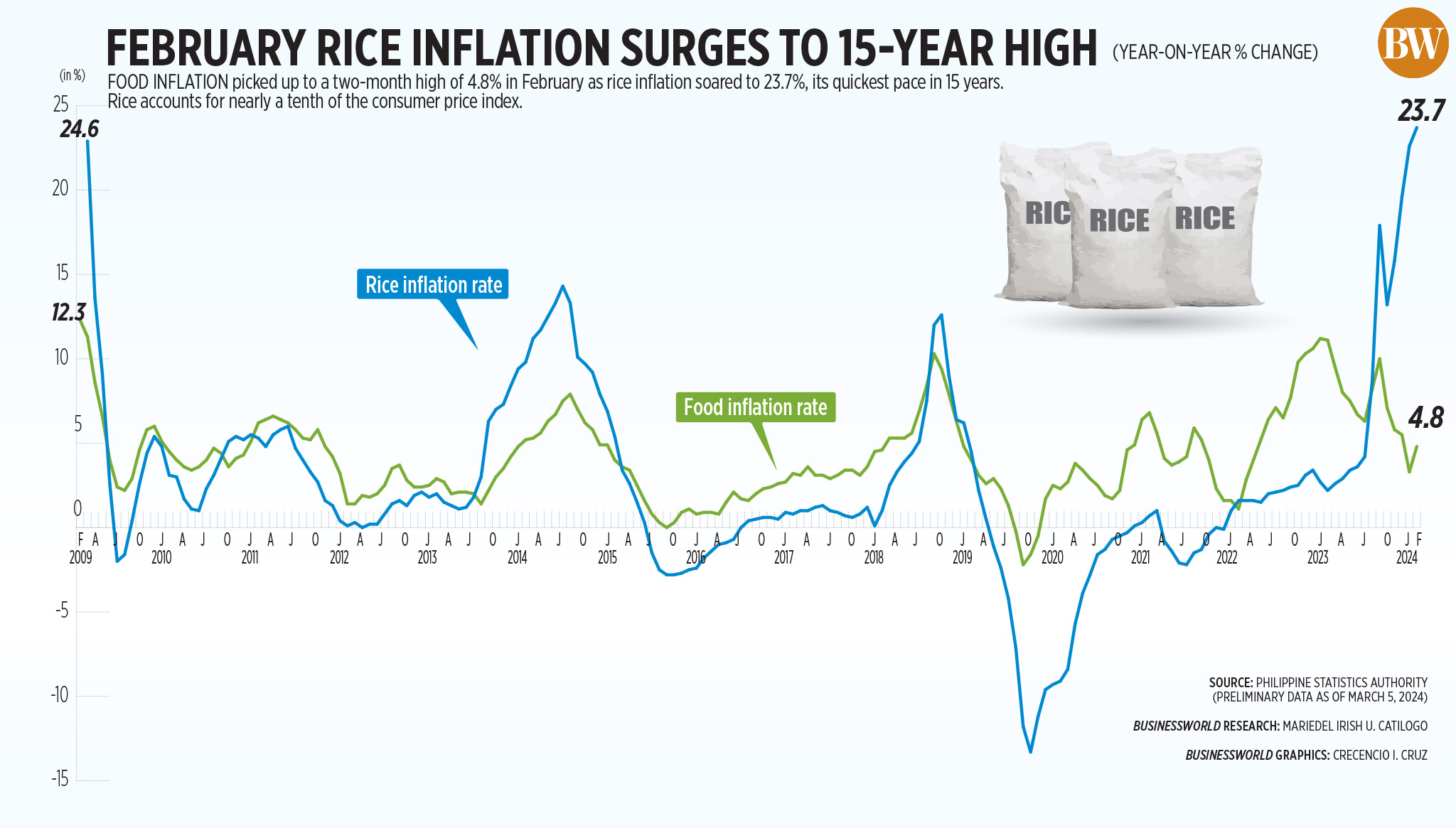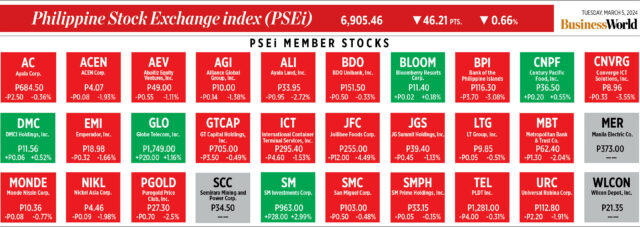Our handicapped United Nations
The United Nations was formally established in 1945 right after World War 2. Its main purpose, according to its charter, was to prevent war and provide peace and security for the world. Today, we have wars in Ukraine and the Palestinian territories. People are still dying from proxy warfare in Syria and Yemen. Russia, one of the permanent members of the UN Security Council, has attacked Ukraine. And Israel is supported by the United States in its genocidal vengeance against Hamas, which has resulted in over 30,000 Palestinian deaths, more than 70,000 injured, and millions of displaced civilians, half of them women and children.
China continues to claim sovereignty over the South China Sea, including parts confirmed by the United Nations Arbitral ruling as belonging to the Philippines and other Southeast Asian countries. China has even destroyed corals and converted many islets into military bases; and constantly terrorizes Filipino fishermen who try to fish in their own country’s waters. Chinese ships have even aimed water cannons at ships of the Philippine Coast Guard. Meanwhile, the UN Arbitral Courts are unable to enforce their judgment. After all, China is a permanent member of the UN Security Council and has veto power which needs at least two thirds vote of the General Assembly to be overturned.
Antonio Guterres, the Secretary-General of the United Nations has condemned the genocidal actions of Israel against the Palestinians, and criticized Russia’s war against Ukraine which he asserts is an independent nation. But he is unable to do more than criticize as the UN does not have the power to enforce its mandates.
There are 15 members of the UN Security Council. Five of these are permanent members (China, France, Russia, the UK, and the United States) all of which are nuclear weapons states. These five countries are among the Allies which won the Second World War. Japan and Germany, losers in that war, are not members. Ten Security Council members are elected for two-year terms by the General Assembly. Almost all countries in the world are now members of the United Nations, and are represented in the General Assembly.
Resolutions passed by the General Assembly, such as those advocating a permanent ceasefire in the Gaza strip and the West Bank, have been vetoed in the Security Council by the United States which, ironically, is negotiating with Israel for a pause in the fighting to enable aid to be distributed to the millions of Palestinian refugees. The US is also providing aid to Palestinian refugees, lately via air drops. Meanwhile, the US has been providing arms to Israel. US diplomats have also questioned the proceedings in the International Court of Justice in The Hague, claiming that these are making their negotiations with Israel and Hamas difficult. The US’ contradictory positions are confusing. But the UN leadership, which should be the negotiator, is unable to assert its own positions.
Clearly, there is enough reason to call for radical reforms in the UN Charter.
The members of the General Assembly should mobilize for these reforms. There is an opportunity for leaders of ASEAN Nations to call for such reforms and to campaign with fellow developing regions such as the Arab League, Latin American and African Nations to agitate for such reforms since the UN charter is being violated. The Third World countries which are affected by these conflicts have been too quiet. The General Assembly has not, so far, called for such reforms.
The incoming president of Indonesia, Prabowo Subianto, has declared his intention to have an aggressive foreign policy. Perhaps President Ferdinand Marcos, Jr. should get together with him and initiate thinking on such reforms and how to mobilize support from ASEAN members and other developing nations’ regional organizations.
The call for radical reforms will begin modestly, perhaps, but perseverance can lead to some consciousness on the ineffectiveness of the UN to carry out its main purposes. It will help if at least some noise causes some shaking up, for a start.
There is no question that the United Nations has created, and manages, institutions that make life a little better for citizens of the least developed and least democratic nations of the world: The World Health Organization (WHO), the World Food Program, the International Labor Organization (ILO), the Food and Agriculture Organization (FAO), and the UN Development Program (UNDP). The United Nations Economic and Social Council (ECOSOC) and its units mobilize and monitor compliance with the Millennium Development Goals (MDGs) and now the Sustainable Development Goals (SDGs.) The United Nations Relief and Works Agency (UNRWA), now accused by Israel of having militaristic elements, has lost funding support from Germany with its support for Israel, perhaps because of its holocaust guilt. It continues to provide aid to the Palestinian refugees with what funding it still has. The programs and funds are financed through voluntary rather than assessed contributions.
But it is time, as we face serious threats once more to world peace and security, to question the inability of the UN to enforce its mandates against violations of its charter. The General Assembly must advocate for more power, and for a serious review of the veto power of the permanent members who are currently key actors in the threats to world peace and security.
Philippine foreign policy of course, is constrained by its need to side with US positions on global political issues since it is dependent on the US’ open support in its problems with aggression from China — which has veto power in the UN Security Council. It must therefore work within the context of ASEAN.
Perhaps former third world nations such as now prosperous Japan and South Korea can provide funding which is a source of power within the United Nations. The Third World must wake up.
Teresa S. Abesamis is a former professor at the Asian Institute of Management and fellow of the Development Academy of the Philippines.
















